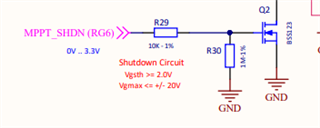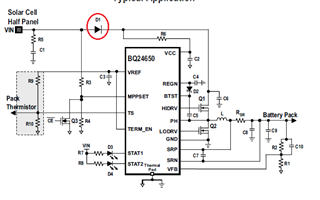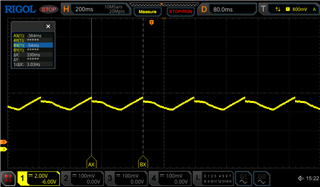Other Parts Discussed in Thread: BQ40Z50-R2
Tool/software:
Hi,
What are the alternatives to the diode indicated in the SLVA829 document?
The use of a diode with high load currents has too high a thermal dissipation.
What solutions are there to protect the BQ24650 from a solar panel connected with reversed polarity, other than the obvious one of using a diode?
thanks.
regards
Jose







